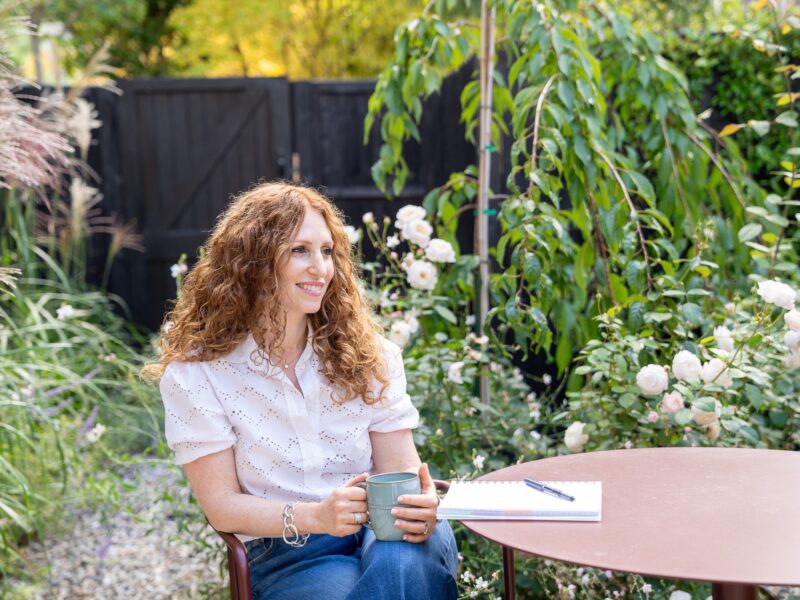It’s not just when and where you sleep… we need to also think about how! We caught up with Adam Black, co-founder of natural mattress specialist Button & Sprung to find out how to have the ultimate slumber.
“The perfect night’s sleep starts with the right mattress. For us that means a naturally filled, pocket-sprung design that offers unrivalled comfort and support. Natural mattresses promote wellbeing through breathable, temperature-regulating materials like wool, cotton, and hemp. They’re also fully recyclable, unlike memory foam mattresses, which often end up in landfill for years.
“Whether you sleep on your side, back, front or a restless mix of all three, the right mattress is like a well-tailored piece of clothing, perfectly suited to your size and shape. True support isn’t about keeping your body in a perfectly straight line, it’s about maintaining a ‘neutral spine’ while cushioning key pressure points such as the shoulders, hips and knees. Achieve this balance with your mattress and you’ll enjoy not only deeper, restorative sleep but long-term benefits for your back and joints.
Side sleepers
“Curled up in a foetal position or stretched out like a log, sleeping on your side is widely considered one of the healthiest sleeping positions but it places a lot of pressure onto your shoulders and hips. The ideal mattress for a side-sleeper should be soft enough to cushion these pressure points, yet supportive enough to maintain a neutral spine. You should feel like your shoulders and hips gently sink into the mattress surface without being pulled down; cushioned but lifted. Your shoulders should never feel scrunched toward your neck.
Back sleeper
“From ‘soldier’ to ‘starfish’, a back sleeping position can prevent shoulder and back discomfort, though it may worsen snoring or sleep apnoea (OSA) for some. Contrary to popular belief, a very firm mattress isn’t always best. A medium to soft mattress better supports the natural curve of the spine by allowing the shoulders and hips to settle in slightly while keeping the lower back aligned. This balanced support helps prevent the pelvis from tilting upward and the back from arching out of its neutral position.
Front sleeper
“Often preferred by children but less ideal for adults, front sleeping (or the prone/freefall position) can cause restlessness and discomfort in the night. If you frequently toss and turn, it may be your mattress failing to provide proper support. Ideally, front sleepers should transition to side or back sleeping over time, but until then, a medium to firm mattress helps keep the hips from sinking too deeply and prevents an exaggerated arch in the lower back. If you occasionally roll onto your side or back, opt for a slightly softer, medium-firm feel for better all-round comfort.
“However you sleep, one thing is certain: there’s no one size fits all solution. Your body size, shape and sleeping habits determine the level of support you need. You spend roughly a third of your life in bed and so investing in the right mattress isn’t a luxury, it’s a lifelong investment in your health and wellbeing.”
For more advice visit the Button & Sprung showroom at 76 Queenstown Road, Battersea, London or use the simple and quick online mattress finder.



